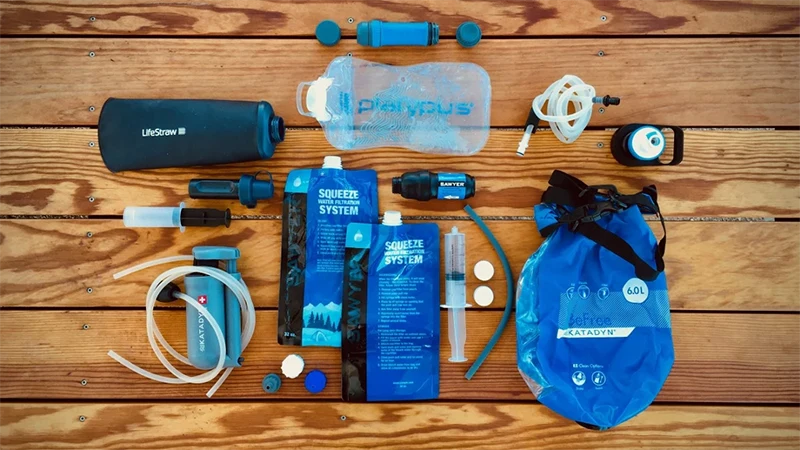

Top 51 Best Camping Essentials Checklist – What Every Camper Should Bring
What in the world do you take with you into the wild? Bring too much gear and you become a miserable, slow snail.
Every single step becomes exhausting not to mention, a pain with the weight of an elephant on your back. Bring too little gear, and you run the risk of not making it out of the woods alive.
When it comes to covering all the bases, there are a handful of general camping essentials that are critical to carry. These include: Navigation, shelter, insulation, illumination, repair kits/tools, hydration, nutrition, fire, fire-aid, and sun protection items.
In this camping checklist below you’ll find a complete list of items that cover all of these areas. Best of all, you’ll find everything you need and nothing you don’t, so that you can really cut the excessive weight away. While there are a lot of car camping themed checklists out there, this isn’t one of them. Sure it covers all the bases anyone would ever need to be a car camper, but it doesn’t include all the unnecessary luxuries that seriously weigh you down when backpacking in great outdoors.
Original checklist written by Brian Cornwell on Next Luxury's website.
From the Squad
Campfire conversations with our community, from Squad Members and Ambassadors to Brand Partners and the Sawyer team.

















